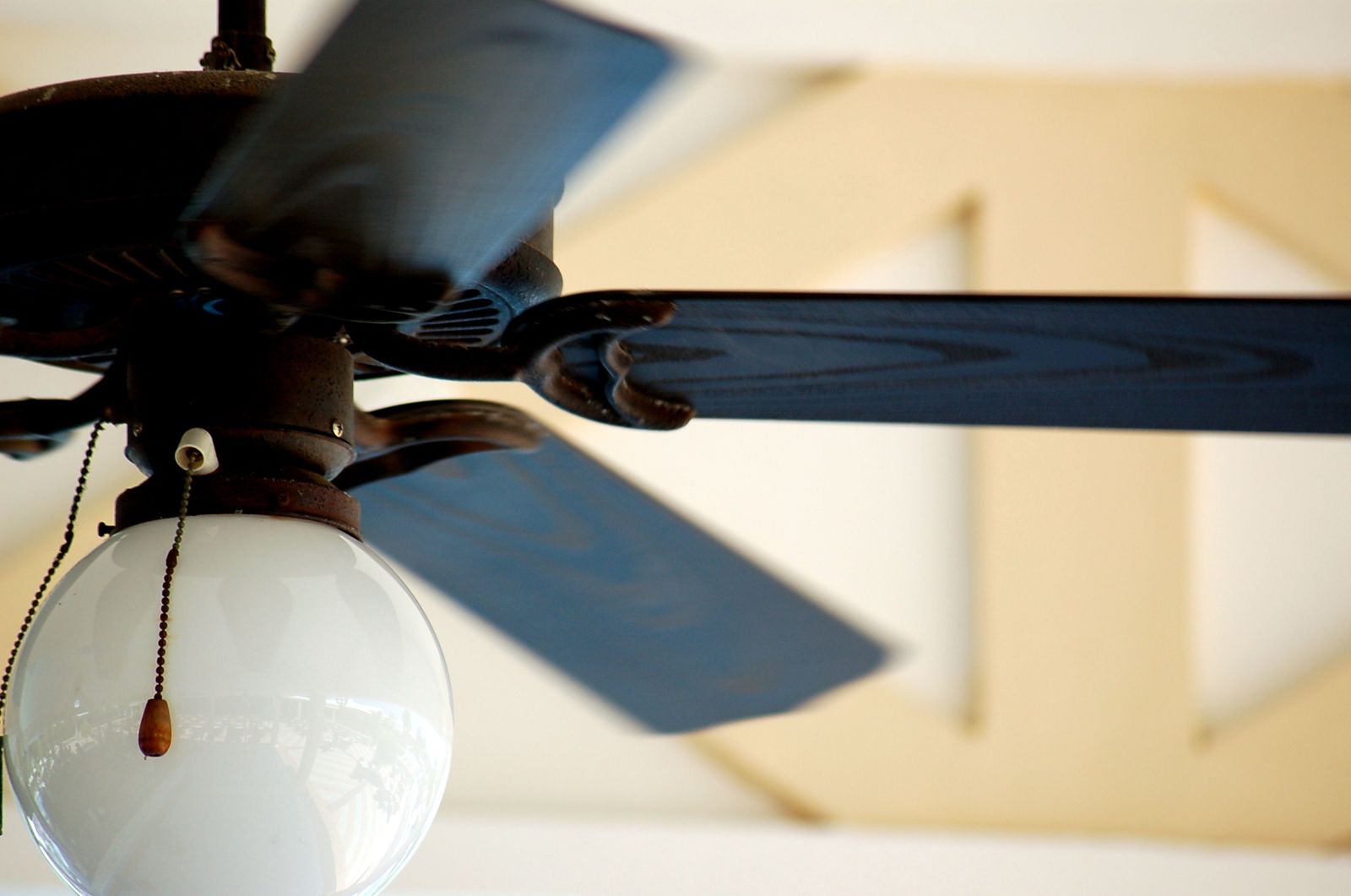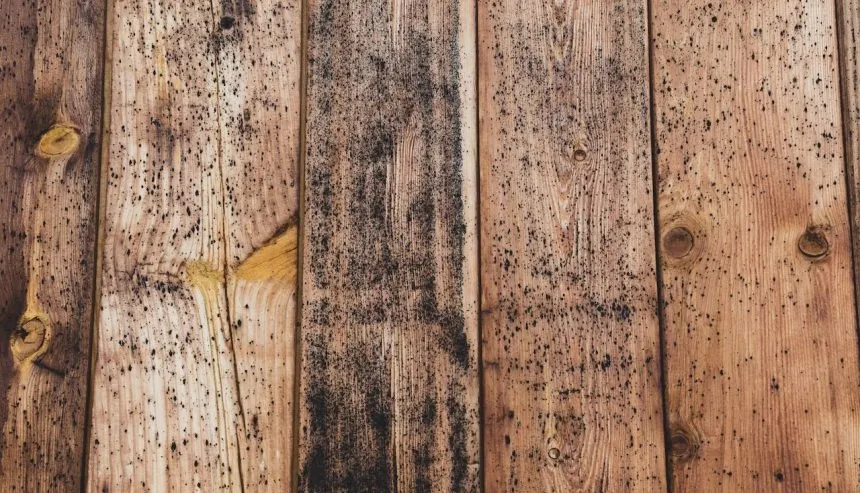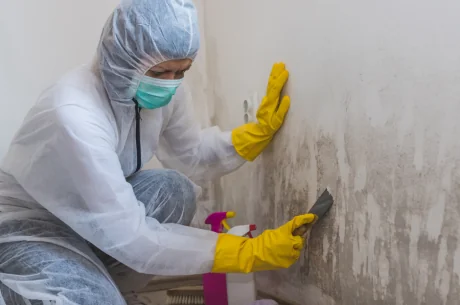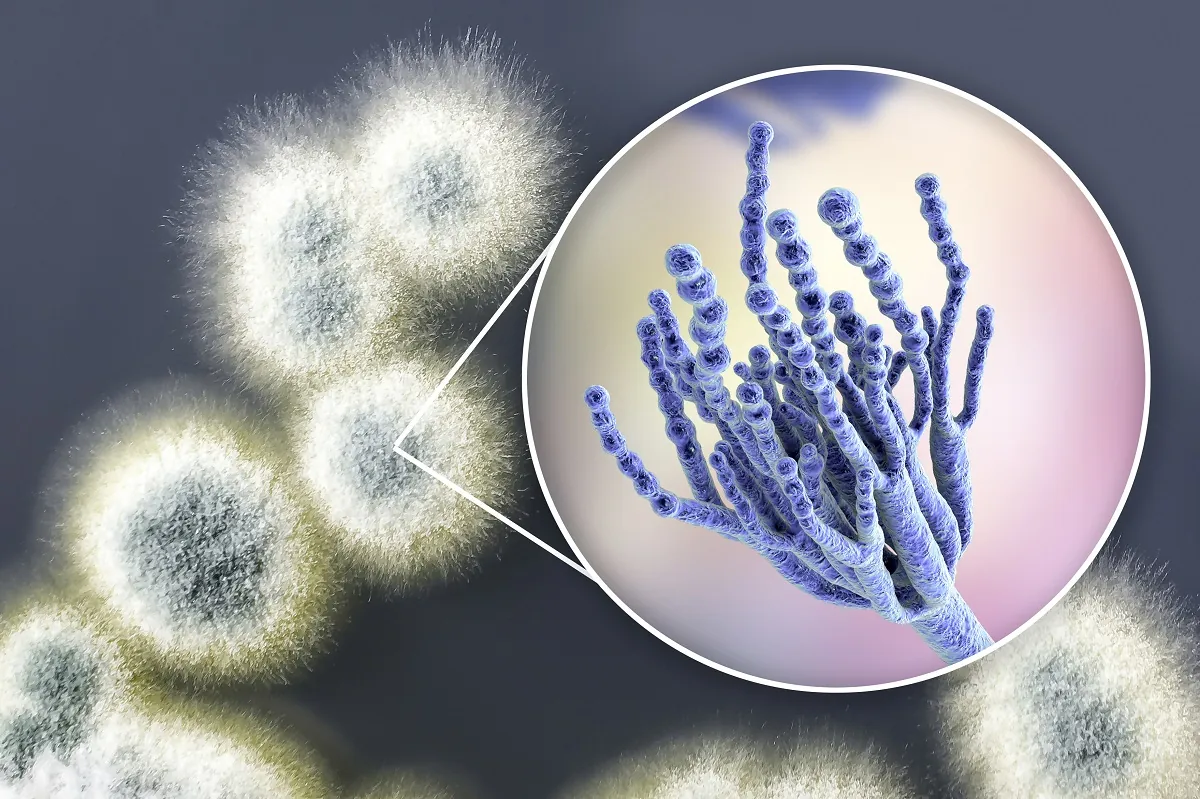Mold is more than an aesthetic concern; it poses a significant health threat, aggravating allergies and causing respiratory issues. If you’ve spotted mold on your wooden furniture, addressing the problem promptly and effectively is crucial. Luckily, our comprehensive guide is here to assist you every step of the way. From practical do-it-yourself remedies to professional recommendations, we’ll navigate you through the process of cleaning mold off wood furniture and ensure your interior decor is as good as new once more.
Stopping the Spread of Mold First
To clean mold off your wood furniture effectively, taking measures to prevent mold infestation from spreading further is critical. Here are some steps you can follow to contain the issue:
Isolate the Furniture
To prevent mold spores from infiltrating your home’s heat, ventilation, and air conditioning (HVAC) system, first identify all furniture items that have become infected with mold. Once identified, promptly relocate these pieces to a well-ventilated area and isolate them from the rest of your home. This proactive measure reduces the spread of spores, mitigating the risk of exacerbating damage throughout your living space.
Reduce Moisture Levels
Mold thrives in damp environments. Use a dehumidifier to lower the humidity in the room and increase air circulation with air movers or open windows when the conditions outdoors are conducive to lowering humidity. Keep the affected area as dry as possible to slow the mold’s growth and make it less hospitable for future outbreaks.

Clean Off Nearby Items
If mold is found on furniture near other items, clean those as well. While they may not show visible mold growth, they could harbor spores capable of spreading and causing further damage.
How to Remove Mold From Wood Furniture
Now that you have made your environment less favorable for mold growth, it’s time to tackle the mold head-on proactively. When remediating items with active growth, these factors should be evaluated to determine the viability of remediation. According to the ANSI/IICRC S520: 2024 Standard for Mold Remediation (IICRC S520) includes but is not limited to:
- extent and depth of contamination;
- the complexity of the item’s construction, particularly for internal voids where contamination could be trapped and difficult to remove;
- materials composition (e.g., density, tightness of fabric weave, texture, fragility);
- assembly (e.g., stability, access to contaminated surfaces);
- malodors (i.e., persistence of odors); and,
- cost of restoration.
Other factors to consider before remediation when remediating items with active growth, restorers should consider the penetration of the hyphae into the material (e.g., hyphae between fabric fibers, into wood grain,) and growth-related damage (e.g., etching, fungal staining, decay) when selecting the applicable cleaning methods to return the item to a clean condition. In circumstances where growth has penetrated beyond the surface, and remediation is warranted, according to the IICRC S520, remediation may require more aggressive cleaning methods followed by appearance enhancement.
Aggressive methods for wood could include sanding or light abrasive blasting to remove active growth. However, bleaching surfaces is not recommended due to possible discoloration of the wood’s surface, and bleach does not kill mold.
Gather Your Supplies
You’ll need some basic items for this part of the process:
- Gloves and a mask for personal protection;
- Brush with stiff bristles;
- Sponge;
- Detergent/disinfectant cleaner and water;
- Spray bottle.
Cleaning Process
This process will depend on the severity of the mold. Here are the steps to follow:
- Put on your gloves and mask. You don’t want to inhale loose mold spores or coat your hands.
- Rub the affected wood surfaces with a brush to loosen the mold.
- In a spray bottle, mix a disinfectant cleaner and water according to the directions of the label. (Hydrogen peroxide mixture with water maybe considered to help lift microbial growth away from the surfaces and may help with removal of staining of the wood during the cleaning process. Always test for color fastness).
- Wipe the remaining mold from all wood surfaces using a wet sponge. An abrasive scouring pad maybe needed to be more aggressive in the removal of mold from the surfaces of the wood.
- Take note of any discoloration. If using hydrogen peroxide could affect wood surfaces especially veneer surfaces.
- Allow it to air dry completely. If possible, place it in direct sunlight to accelerate the drying process. However, opt for a well-ventilated and isolated space such as a garage during inclement weather. Consider using a fan to expedite drying.
- When cleaning methods alone are not effective in removing growth and staining, more aggressive methods of removal maybe required such as sanding, or more aggressive such as light media blasting using soda, garnet, or other media. (May require a professional mold remediation specialist and or wood furniture repair specialist).

Replacing Damaged Wood
In some cases, the mold on wood furniture may have caused irreversible damage to the wood. If the furniture is severely compromised, consider the following:
Assess the Extent of Damage
Check for any wood that’s soft, discolored, or has lost its structural integrity. Mold can deteriorate wood, resulting in a weakened and potentially hazardous piece of furniture.
Consider Professional Restoration
Some professionals specialize in furniture restoration and can provide an assessment of the damage. They can offer solutions ranging from repairing the affected areas to suggesting replacements. Attempting to repair the damage independently is not advised, as it could further harm the furniture.
Prevent Future Mold Growth
After cleaning the mold from your wood furniture and repairing any damage, it is crucial to implement preventive measures to deter future infestations. You can ensure that your furniture and home remain mold-free by following a few simple steps.
Keep the Relative Humidity Below 60%
There is no better way to keep mold from growing than to keep Relative Humidity (RH) below 60%. The chance for microbial growth is greater if the relative humidity is considerably higher than 60%. If this is a common problem, seek out areas where moisture is a problem and correct the source. Dehumidifiers can also be an effective way to lower the RH and maintain between 30-50% RH. According to the American Society of Heating, Refrigerating and Air-Conditioning Engineers(ASHRAE),this is the recommended condition for most buildings.
Keep Wood Dry
Regularly wipe down wooden furniture and avoid letting spills or leaks sit for an extended period. Drying wood furniture thoroughly after cleaning can help keep mold from returning.
Monitor Your Home’s Temperature
Mold flourishes in warm environments, making temperature control a critical factor in prevention. Maintaining a consistent, moderate temperature and minimizing abrupt fluctuations can prevent its growth.

Use Mold-Resistant Finishes on Wood Furniture
Consider using wood finishes specifically designed to resist mold. These specialized products incorporate additives that render the wood less hospitable to mold spores and, in some cases, can even eradicate them outright.
Circulate Your Home’s Air
Ventilate your home well to allow steady airflow. Stagnant air can lead to pockets of high humidity, which are perfect breeding grounds for mold. Use fans and open windows regularly to promote air circulation. Make sure that your HVAC system is functioning properly and that the coils and filters are clean. These systems can help maintain the humidity in a building to an acceptable level.
DIY vs Professional Furniture Mold Cleaning
When cleaning mold off wood furniture, deciding whether to tackle the job yourself or hire a professional can be a tough call. Ultimately, the decision may depend on the severity of the issue and your level of comfort with the cleaning process.
When to DIY
If the mold is relatively minor and hasn’t caused significant damage to the wood, you can likely handle the cleaning process yourself. However, DIY methods can often be ineffective or less thorough than a professional’s.
When to Call a Pro
If the mold is widespread, has caused extensive damage, or if you’re dealing with a particularly toxic strain, such as black mold, it’s best to pursue professional assistance. IICRC-certified technicians have specialized equipment and the expertise to handle these challenging situations safely and effectively. They can also ensure mold hasn’t spread throughout your home, often tracking down the source.
Call PuroClean for Professional Mold Remediation!
Don’t wait to take action if you suspect mold growth in your home or business. Contact PuroClean today for fast and reliable mold removal and remediation services. Our expert team uses advanced techniques and equipment to safely remove mold and prevent it from spreading. We understand the dangers of mold exposure and the importance of a quick response, so we’re available 24/7 to provide emergency services. Count on PuroClean to restore your property to a safe and healthy condition. Contact us today at 1-800-775-7876 or use our online office locator.




